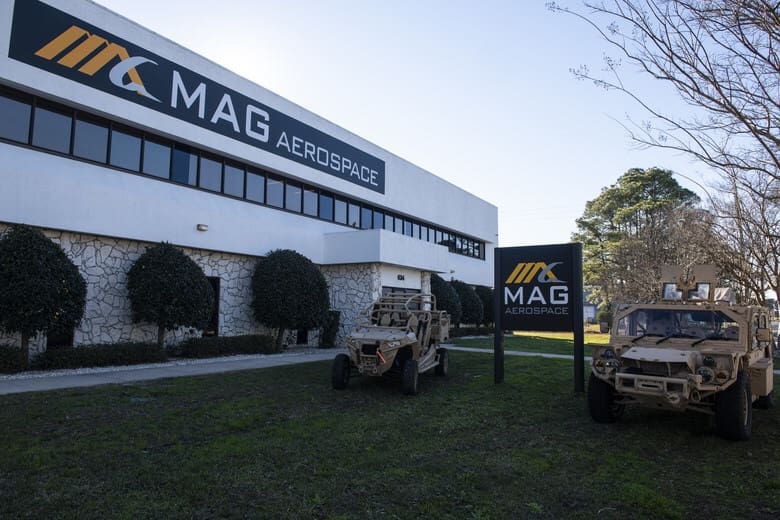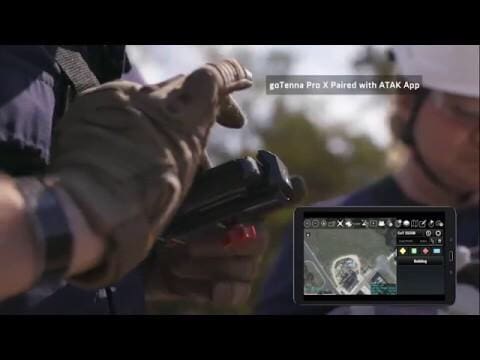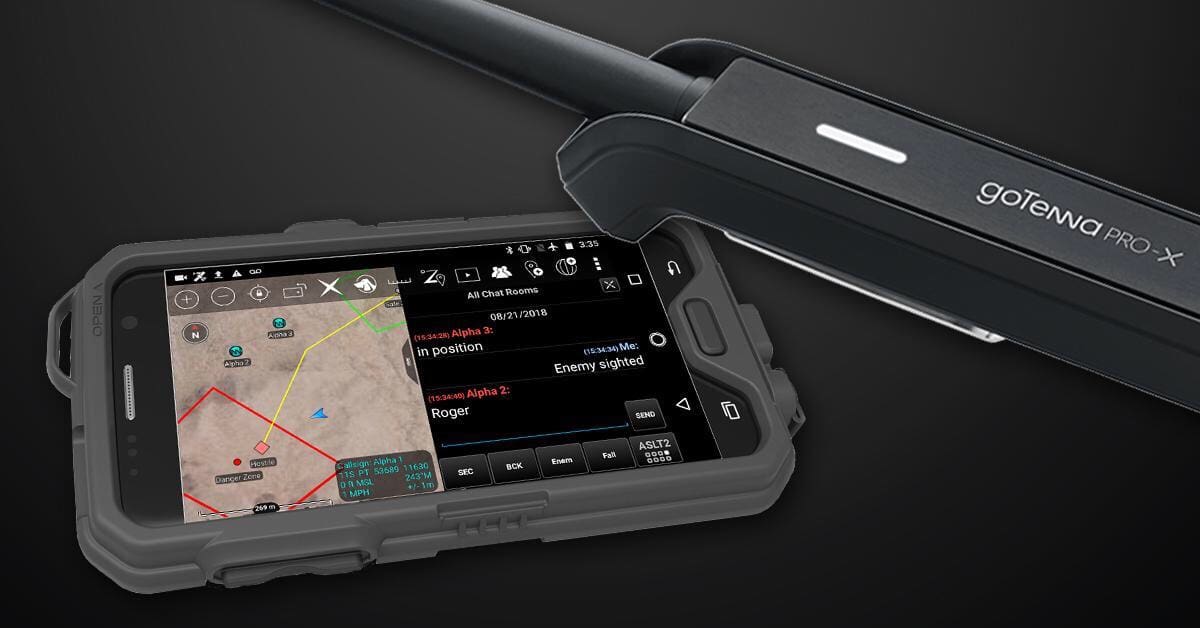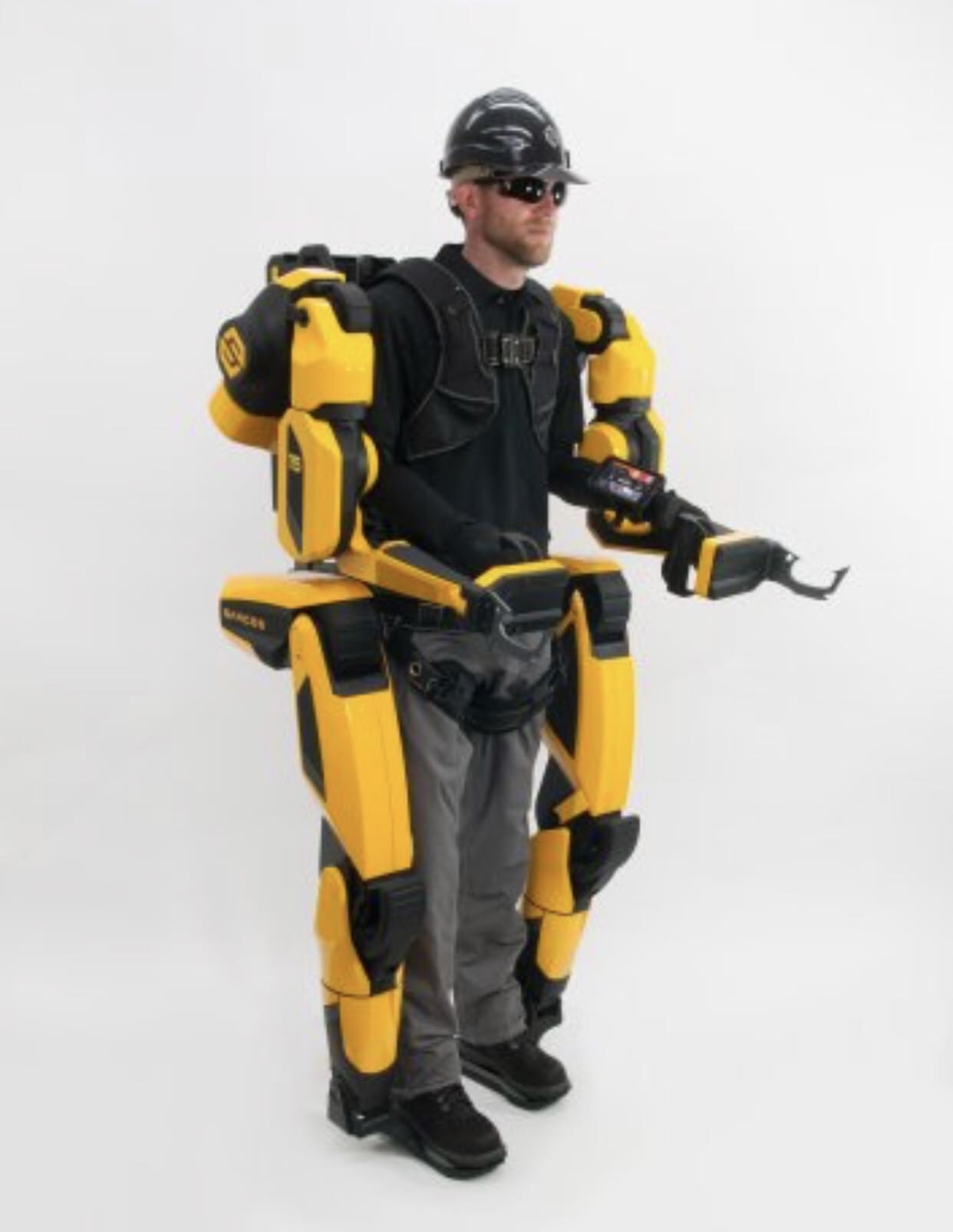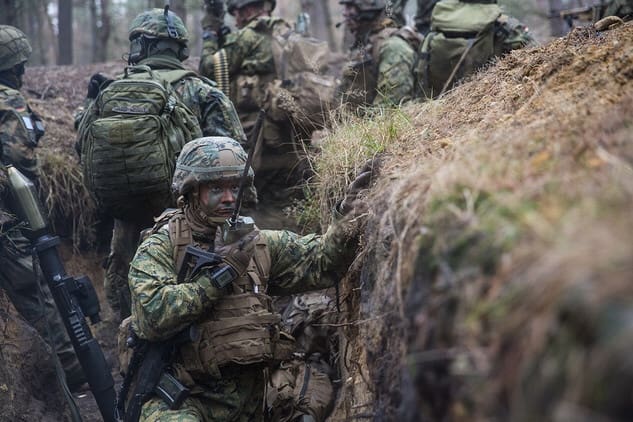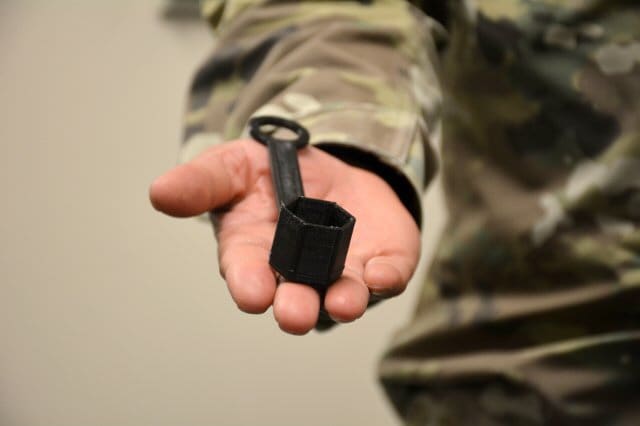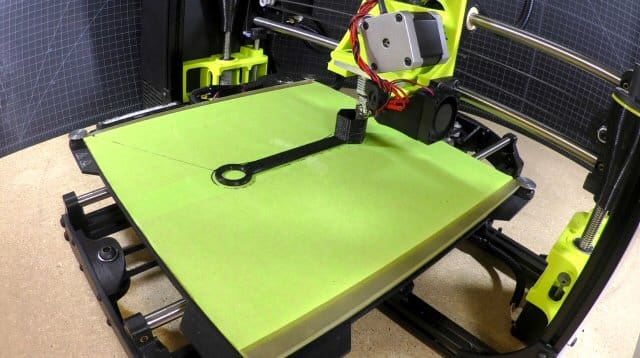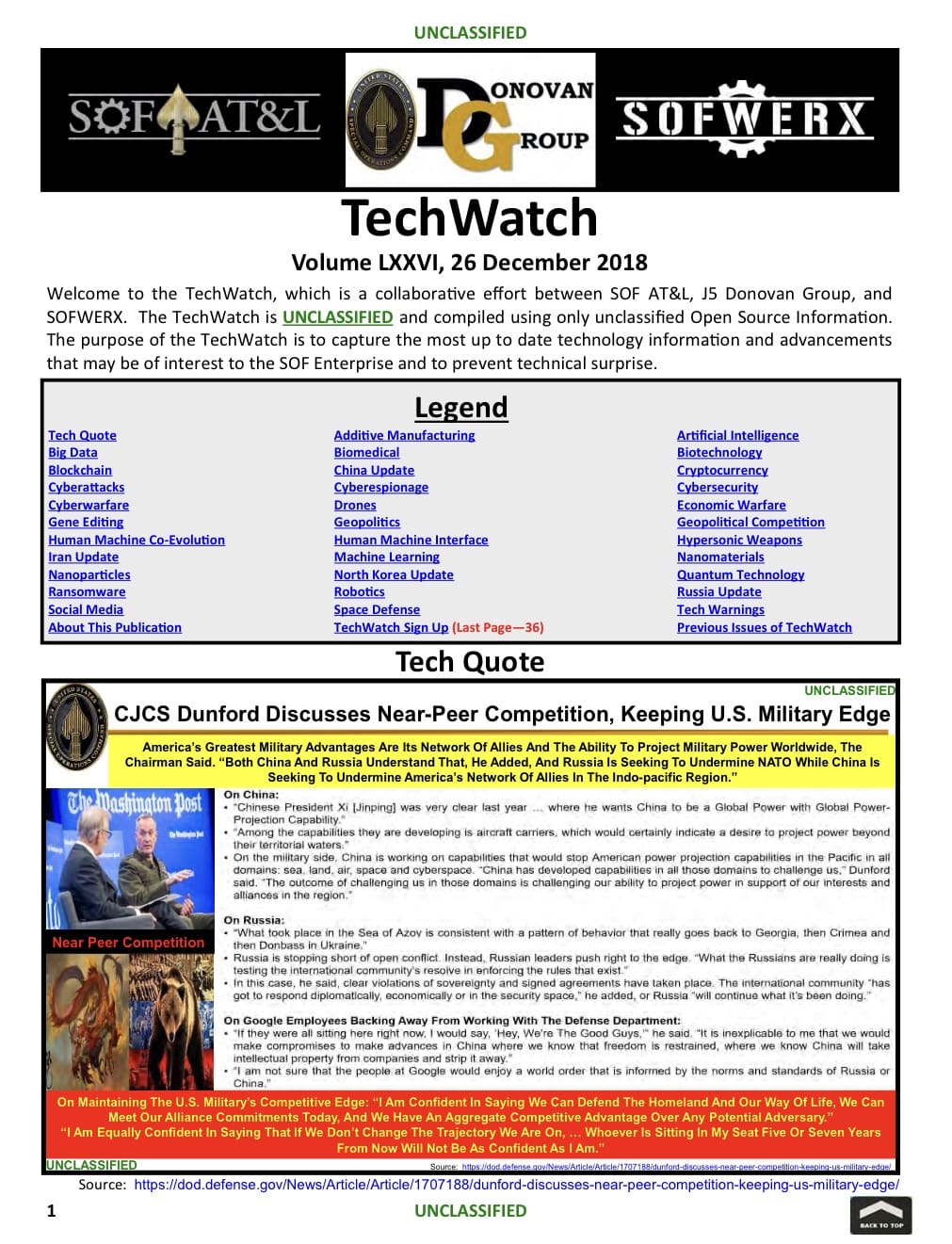Late last night, the U.S. Army Contracting Command – New Jersey (ACC-NJ), on behalf of Project Manager Soldier Weapons, released a much anticipated solicitation seeking proposals in regards to a Prototype Project Opportunity Notice (PPON) for Next Generation Squad Weapons (NGSW).
The NGSW PPON details how the Government intends to award up to three prototype Other Transaction Agreements (OTAs) under the authority of 10 U.S.C. § 2371b, with each vendor developing two weapon variants under the NGSW program and 6.8 millimeter ammunition common to both weapons (this is NOT the 6.8 SPC cartridge evaluated by USSOCOM in the early 00s).
The weapons include the Next Generation Squad Weapon-Rifle (NGSW-R) and the Next Generation Squad Weapon-Automatic Rifle (NGSW-AR). The NGSW-R is the planned replacement for the M4/M4A1 Carbine and the NGSW-AR is the planned replacement for the M249 Squad Automatic Weapon (SAW) in the Automatic Rifleman Role in the Close Combat Force.
Unlike the current PON for the Next Generation Squad Automatic Rifle currently underway, this PPON seems to be for all the marbles.
The companies currently involved in the NGSAR PON include:
W15QKN-18-9-1017 – AAI Corporation Textron Systems
W15QKN-18-9-1018 – FN America LLC. (Design 1)
W15QKN-18-9-1019 – FN America LLC. (Design 2)
W15QKN-18-9-1020 – General Dynamics-OTS Inc.
W15QKN-18-9-1021 – PCP Tactical, LLC W15QKN-18-9-1022 – Sig Sauer Inc.
We would suspect that they all stand a good chance of competing for this latest bid.
Curiously, the NGSAR PON currently underway was intended to inform this new solicitation, but none of these companies has even delivered a weapon, let alone ammunition yet. However, we have seen glimpses of what these weapons might look like.
SIG famously unveiled their Next Generation candidate and hybrid ammunition at AUSA and then demonstrated an upscaled 338 Norma Mag variant at SHOT Show.
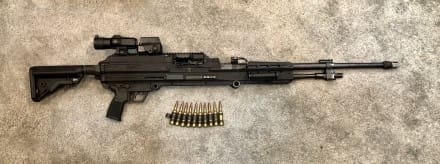
Likewise, GD has shown their 338 NM machine gun design for years giving us some insight into their capabilities.

Although FN has held their cards close to the chest, we understand they have both belt fed and box fed designs and demonstrated a derivative of the SCAR HAMR for PEO Soldier, BG Potts during a visit to their facility last year.
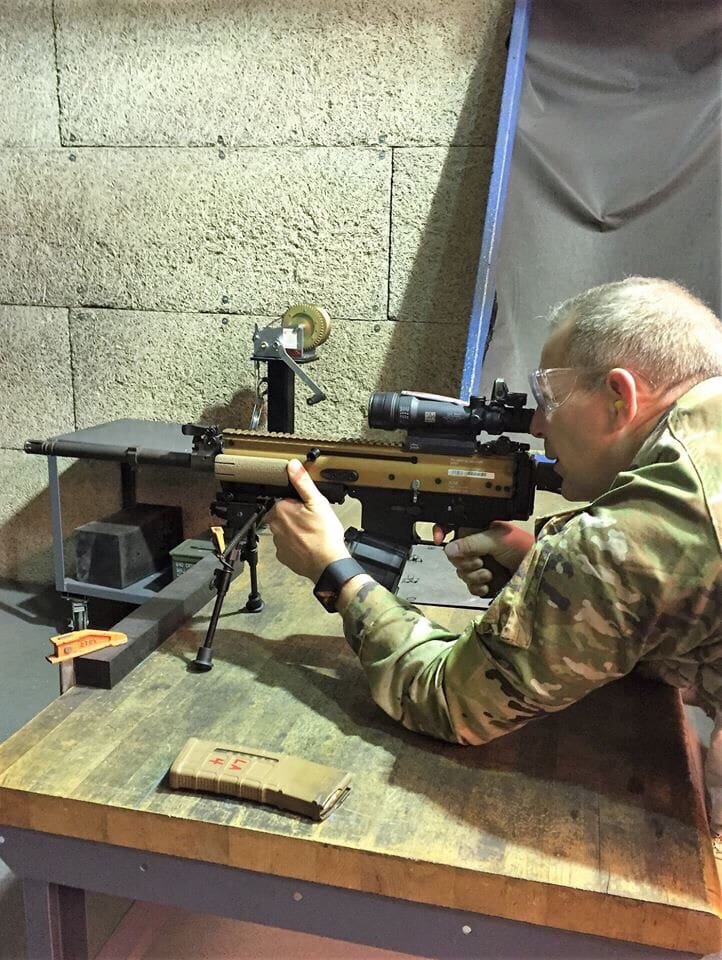
But the weapon we’ve all seen the most of is Textron’s Lightweight Small Arms Technology demonstrator with its radical Case Telescoping ammunition.
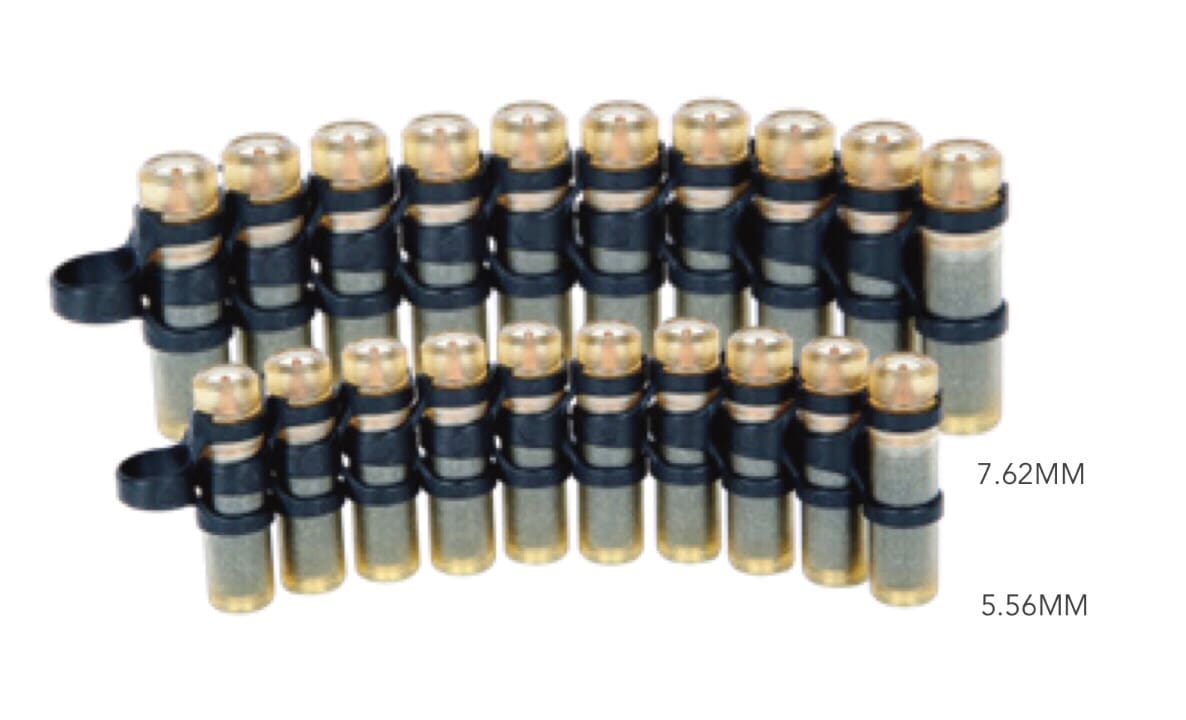
Over the years, they’ve shown a great deal of adaptability in configuring the technology as carbine as well as Belt Fed Machine Gun in several calibers.
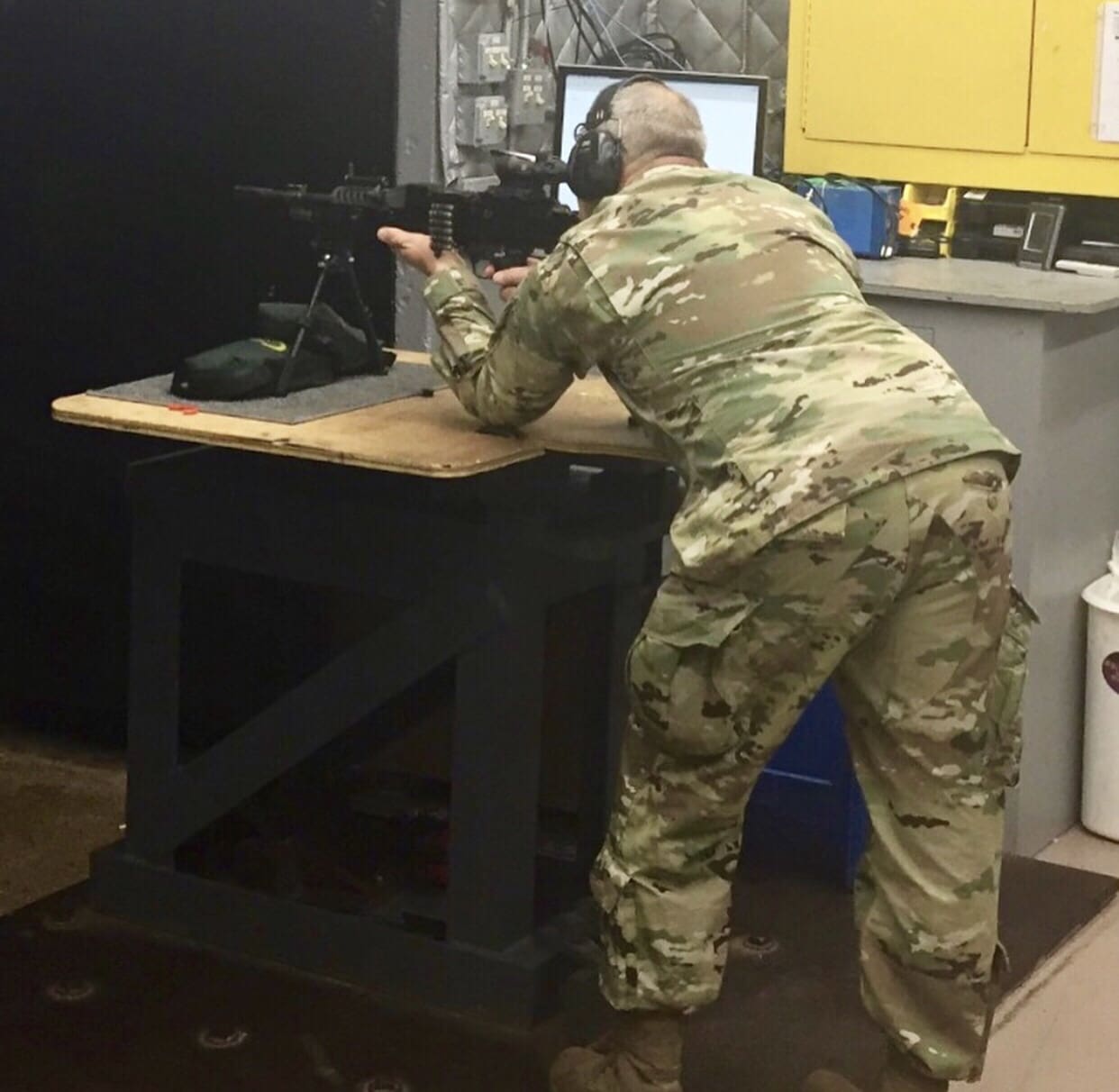
According to the solicitation, the duration for each prototype OTA is estimated to be up to eight years. The first 27 months will be for prototyping the NGSW-R, NGSW-AR, and ammunition. Following this prototyping effort, there may be additional iterative prototyping efforts for the NGSW-R, NGSW-AR, and ammunition. These iterative prototyping efforts will each have separate durations and will occur within the eight year duration.
Furthermore, in accordance with 10 U.S.C. 2371b(f), and upon a determination that the prototype project (or any subsequent iterative prototyping efforts) was successfully completed under the competitively awarded OTA(s), a follow-on production contract(s) or OTA(s) may be awarded without the use of competitive procedures.
Because of the duration of the OTA, and that prototype OTA will undergo two prototype test events including Soldier Touch Points, they are asking for a lot more weapons and ammunition than in the current NGSAR PON. Deliverables for each prototype OTA include 53 NGSW-R weapons, 43 NGSW-AR weapons, 845,000 rounds of ammunition, spare parts, test barrels, tools/gauges/accessories, engineering support, and iterative prototyping efforts as defined in the Statement of Work.
The follow-on production award(s) is planned to be an Indefinite Delivery / Indefinite Quantity Federal Acquisition Regulation (FAR) based contract with Firm Fixed Price Delivery Orders up to ten years or a fixed amount OTA up to ten years. The production award(s) may include 250,000 total weapons system(s) (NGSW-R, NGSW-AR, or both), 150,000,000 rounds of ammunition, spare parts, tools/gauges/accessories, and engineering support. The value of this follow-on production award(s) is estimated to be $10M in the first year and estimated $150M per year at the higher production rates. While the Government intends to make one production award for the NGSW-R, NGSW- AR, and Ammunition, it reserves the right to: 1) make one award for NGSW-R with Ammunition; or 2) make one award for NGSW-AR with Ammunition; or 3) make one award for NGSW-R with Ammunition to one Offeror and one award for NGSW-AR with Ammunition to a different Offeror.
Even considering those numbers, that still isn’t enough weapons to replace the current inventory of small arms. Currently, the US Army alone owns almost 1,000,000 M4/M16s meaning that the Next Generation Weapons will at least initially be fielded to close combat forces and that M4 and the 5.56mm ammunition it fires will continue to soldier on for decades. This means that the Army has to seriously consider what ammunition technology it will adopt for the new next generation 6.8 round, lest it find itself manufacturing two radically different types of small arms ammunition.
The prototypes must have these characteristics:
a. allow for ambidextrous operation and controls;
b. include a flash hider, removable suppressor (with or without flash hider installed), and a tool for suppressor removal after firing or for maintenance;
c. include a tactical carrying sling with quick release attachments;
d. include selection positions for Safe, Semi-Automatic Firing, and Automatic Firing modes;
e. be resistant to corrosion, abrasion, impact and Chemical, Biological, Radiological and Nuclear (CBRN) defense contaminants, decontaminants, battlefield-chemicals, electromagnetic pulse and cyber-attacks;
f. reduce visual detection via a neutral non-reflective, non-black color not lighter than Light Coyote 481 and not darker than Coyote 499;
g. function in all environments and weather conditions, including ambient, cold, hot, marine, high humidity, rain, and desert conditions;
h. be compatible with combat clothing (including body armor and Modular Lightweight Load-carrying Equipment), CBRN defense, wet weather, and cold weather gear;
i. provide interchangeable magazines between both weapons if NGSW-AR utilizes a magazine; and
j. include, at a minimum, a 12 o-clock position rail(s) that is compliant to Attachment 2- Picatinny Smart Rail Interface Control Documents. Weapon configurations include a non-battery and a battery configuration:
• A non-battery configuration: battery removed. This is the primary configuration for all weapon deliveries and is included in the overall weapon weight.
• Replaceable battery configurations: rechargeable battery assembly and non- rechargeable battery assembly that are fully contained within the envelope of the NGSW-R and NGSW-AR and common to both. The battery assembly shall operate at 6-32 volts. The rechargeable battery assembly shall interface with the Universal Battery Charger (NSN: 6130-01-659-7090). The weight of the battery assembly will not be included in the overall weapon weight.
Both the rechargeable battery assembly and the non-rechargeable battery assembly shall meet the requirements for safety and transportation per the International Air Transport Association (IATA) Dangerous Goods Regulation.
The Government will conduct the following tests on the NGSW-R, NGSW-AR, and the Ammunition:
Prototype Test #1 (PT#1)
This Government test will inform the COMPANY of current design compliance to select performance requirements. The test has an estimated duration of 3 months.
Soldier Touch Point A: Mobility & User Acceptance
This Government test will provide the COMPANY with Soldier feedback on areas related to mobility and maneuverability on Army relevant obstacles, and user acceptance scenario testing. Reference Attachment 6 – STP Mobility and Attachment 7 – STP User Acceptance.
Prototype Test #2 (PT#2)
This Government test will be used to assess compliance to the COMPANY proposed performance requirements and utilized in follow-on award decisions. The test has an estimated duration of six months.
Soldier Touch Point B: Mobility, User Acceptance, Controllability
This test is a Government conducted evaluation on areas related to mobility, maneuverability on Army relevant obstacles, user acceptance scenario testing, and controllability. Reference Attachment 6 – STP Mobility, Attachment 7 – STP User Acceptance, and Attachment 8 – STP Controllability
Soldier Touch Point C: Limited User Test
This test is a Government conducted limited evaluation with Soldiers in the loop to assess the suitability and effectiveness for combat operations. These evaluations may be conducted with multiple squads.
Live Fire Test and Evaluation (LFT&E)
This is a test and analysis effort required to support the ballistic lethality evaluation, focusing on the terminal ballistics of the system.
Written proposals are due on 24 April 2019 at 11:00AM EST and bid samples are due on 30 May 2019.
